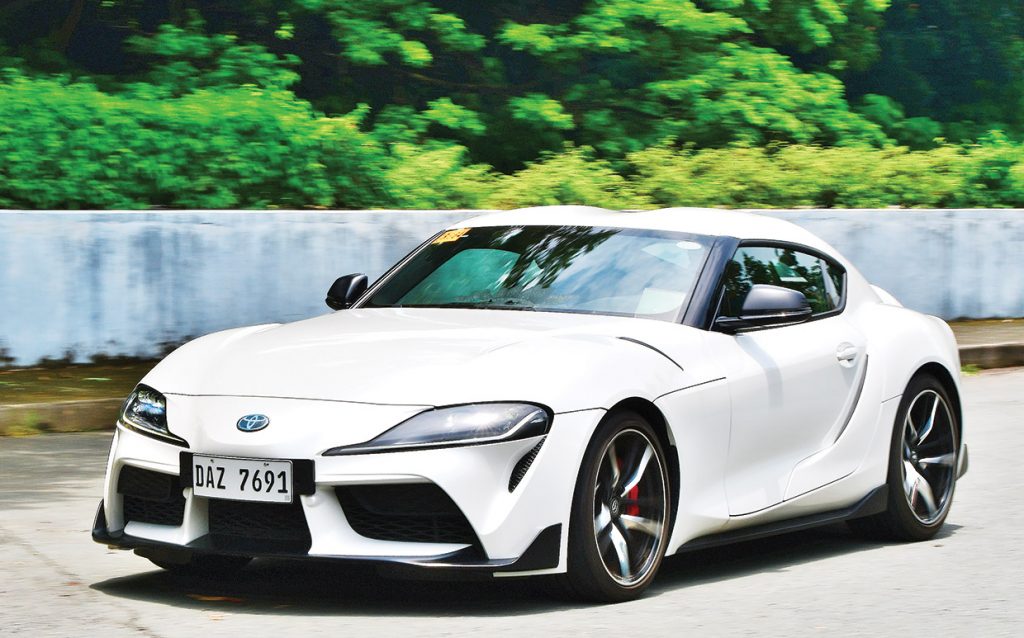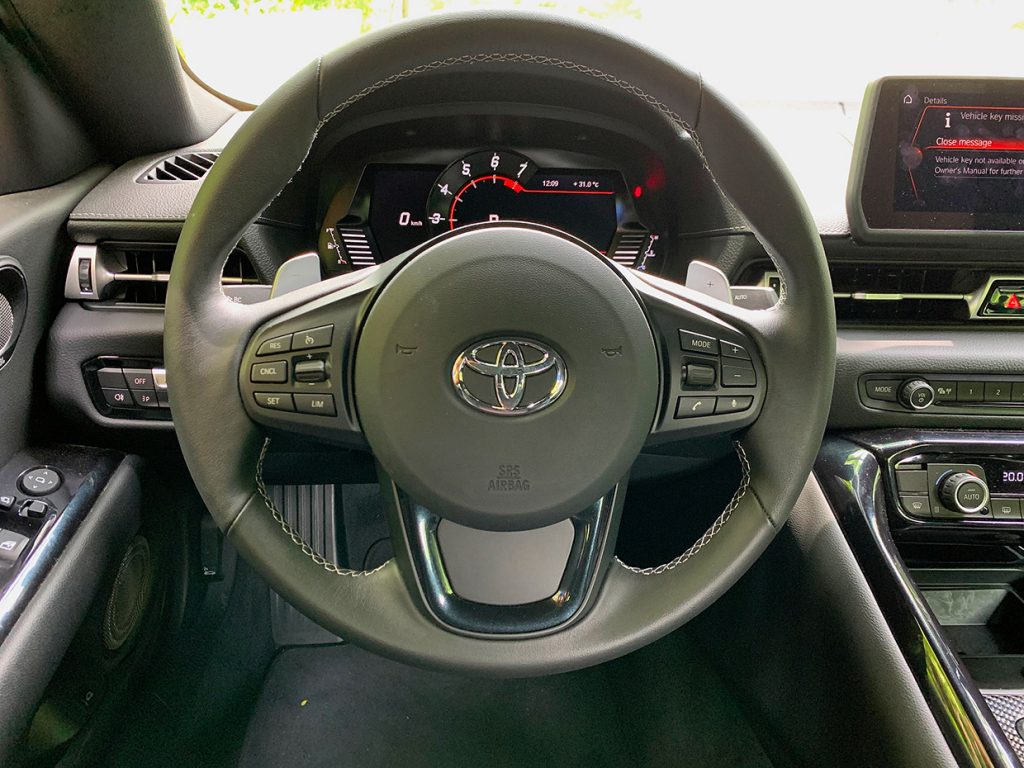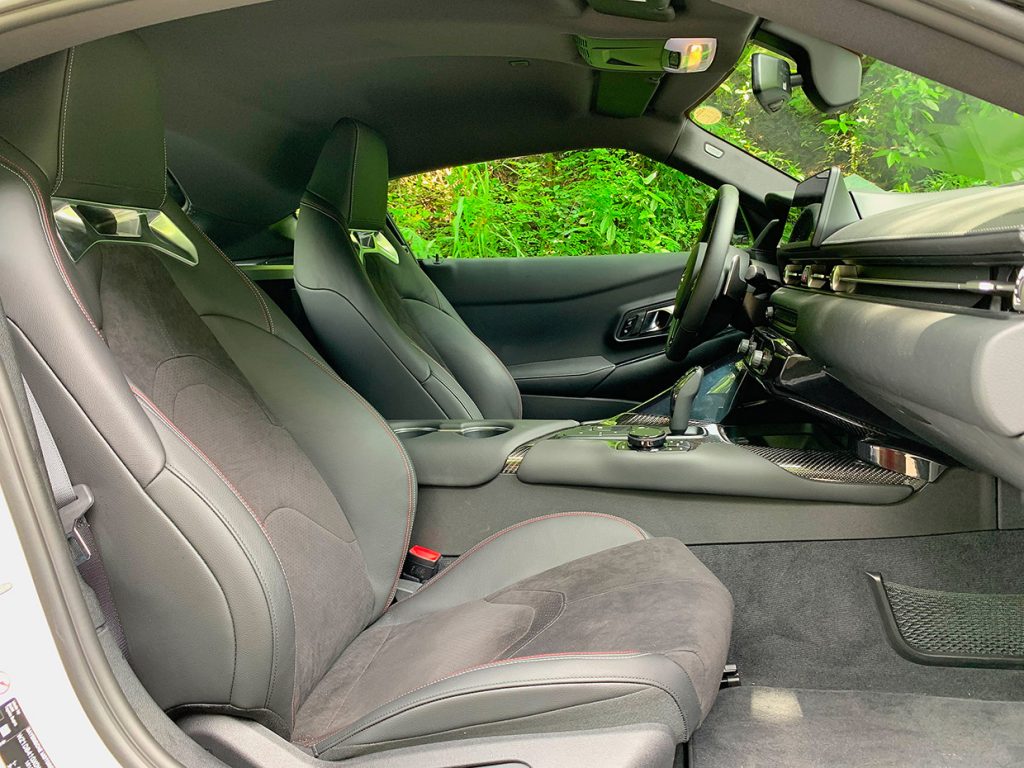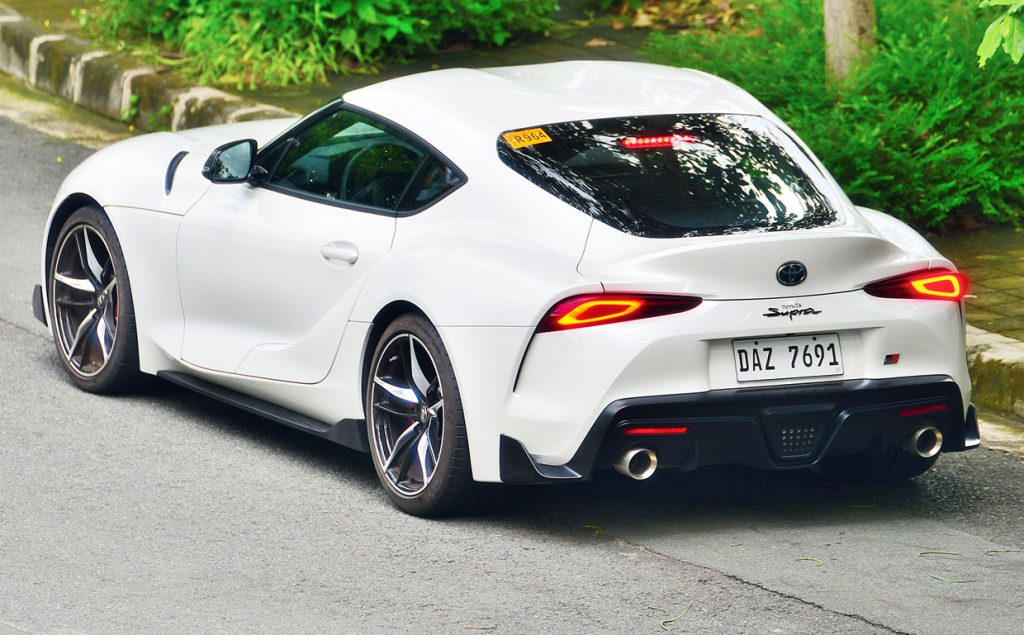Since its launch early last year, the 5th-generation Toyota Supra (A90), designed at the company’s CALTY studio in California, now with the Gazoo Racing “GR” acronym embedded in the moniker, has only had a string of successes enjoyed by everyone who has had the opportunity to experience driving it or better having bought it for keeps.
Unlike earlier Supra models in previous generations, the all-new generation model was developed by Toyota’s Gazoo Racing division, which is principally their motorsports group that participates in a myriad of motorsports events like Le Mans, World Rally Championship, NASCAR, and others.
The GR racing performance group develops cars from the ground up, though famously with the GR Supra it was codeveloped with BMW using their current third-generation Z4 (G29) model with both being built in the same factory in Graz, Austria. You know with certainty that GR is here to stay when you realize that Akio Toyoda himself and the legendary Master Driver, the late Hiromu Naruse, founded Gazoo Racing.

Having done comprehensive testing on the 2020 BMW Z4 sDrive M40i roadster several months ago when it was freshly launched in North America, I can tell you that it’s behavior, performance, character, and feel are distinctively different from the GR Supra despite the vastly shared components beneath the skin, especially in the cabin. The GR Supra’s steering wheel, instrument cluster, surface materials, configuration, and seats are unique. But the switchgear, center stack, infotainment controls, electronics, HUD and a bit more are obviously BMW so they are familiar but not exactly pulled from the Z4 parts bin. You know full well that both cars are closely related as brothers but just like people, their personalities and purpose are very different. I like both, precisely because they perform extremely well but are different.
Our White Metallic GR Supra, at a cost of P5,050,000, looks very purposeful and organically futuristic. It is an authentic sportscar in every sense. Our Philippine-spec model is special as it produces the same amount of torque as the USA-spec Z4 M40i with 369 lb-ft, 4 lb-ft more than in other markets but its powerbands are tuned differently. Maximum power is 335 bhp which is a whopping 47 bhp less than the Z4 but it is also about 60 pounds lighter. It is even 90 pounds lighter than the Nissan 370Z NISMO despite being more spacious and having a larger trunk. The GR Supra is even more fuel-efficient compared to the Z-NISMO but it carries 20-liters less fuel. It is the finest, most sophisticated and best dynamically performing Supra of the breed. Our test unit accelerated from 0-100 km/h in 4.3 seconds, almost a full second quicker than the Z-NISMO off the line, and quicker throughout the elastic powerband. It has a governed top speed of 250 km/h.


In other markets, the Toyota GR Supra now comes with two updated powerplants. 382 bhp for the lovely turbocharged 3.0-liter inline-6 with the same torque as before but with thirstier fuel economy and a different power delivery compared to the Z4. And for aspiring enthusiasts, tuners and racers, there is the new 255 bhp/295 lb-ft turbocharged 2.0-liter engine also sourced from BMW. As it stands, the driver-focused GR Supra is two-tenths of a second slower than the BMW from 0-100 km/h but it is more visceral and handles better than the invigorating Z4 roadster. And we are not even discussing cost; the BMW Z4 sDrive M40i costs at least P740,000 more in our market. The Toyota has a larger trunk capacity by nine liters (289-liter total in the rear hatch), it has way better NVH insulation and aerodynamics, and it has a more powerful 500-watt JBL 12-speaker audio system (compared to the optional 408-watt Harman Kardon system on the BMW). The Toyota will also be easier to maintain with the considerably larger chain of dealerships to go to around the country. Conversely, the BMW has the better instrument cluster, more prestige, better ride comfort, has the full power now, can drop the top, is more luxurious, and has a more comprehensive 10.2-inch touchscreen driven by the iDrive system instead of the simplified version on the smaller 8.8-inch unit on the Toyota.

I love the Supra’s double-bubble roof, 6-lens auto-leveling LED headlights (three low beam, three high beam), the F1-inspired backup lamps (a series of 20 LEDs located in the center of the lower bumper), the signature rear LED lights, and the fixed ducktail rear wing. It is fitted with its own unique, more aggressive specification of Adaptive Variable Suspension, an electronic limited slip differential, painted-red four-pot Brembo calipers on 13.7-inch vented discs up front (the rears are 13.6-inch vented discs), handsome mixed forged alloys (9J x 19” front and 10J x 19” rear) wrapped with sticky 255/35R19 96Y front and 275/35R19 100Y rear Michelin Pilot Super Sport tires. It is stiffer than the Lexus LFA, and the center of gravity is lower than an 86. The combination of the superbly composed and balanced chassis, perfectly weighted steering, and decisive power delivery make the Toyota GR Supra an immensely satisfying driver experience.

